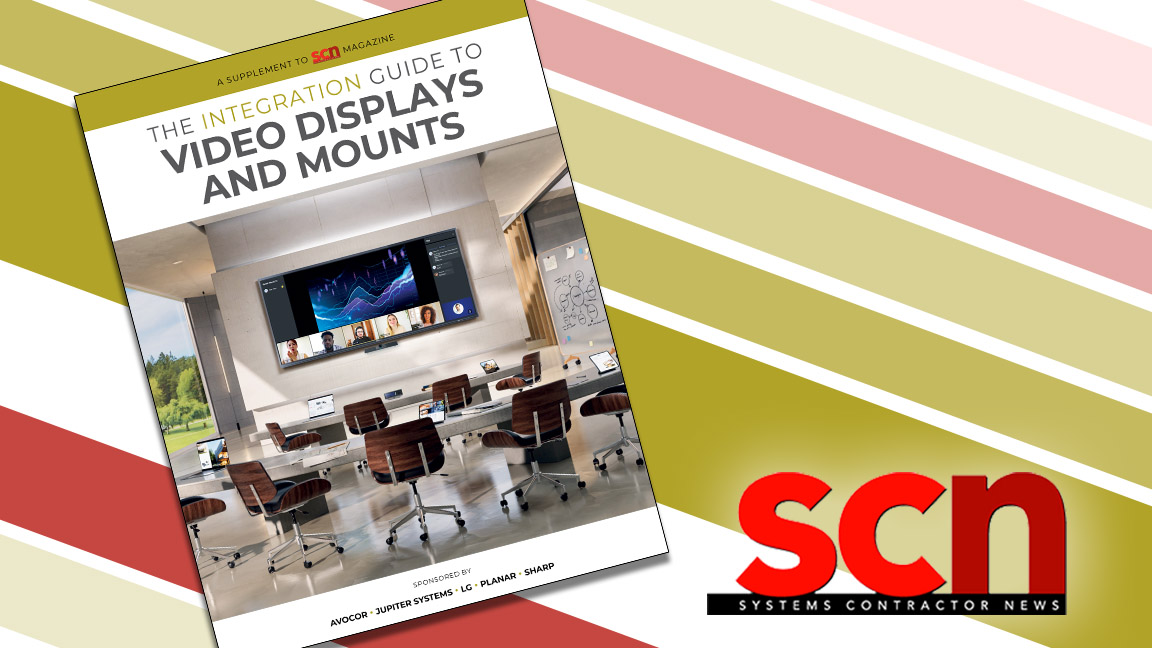If It Ain’t Broke, Should You Fix It?
Growing up, I always heard, “If it ain’t broke, don’t fix it.” According to my mother, our 13-inch black and white TV in the kitchen worked just fine, thank you very much—no need to replace it.
Hearing this phrase on repeat has stuck with me. I’ve owned the same toaster for the last 16 years. It’s cheap, white, and came free with a coffee maker. In other words, it matches none of my appliances, has a wonky lever, and is constantly burning toast. But it wasn’t broke, so I didn’t fix it … until recently. I woke up one day wondering why I continue to use this stupid toaster that makes me so angry. A decent stainless steel toaster with a modern aesthetic is about $25, easily affordable. So I went out and bought a new toaster. And it brought me so. much. joy.
In addition to sparking joy, it made toasting more efficient—less time, better quality. So why is our society so content to not fix things that aren’t technically broken? And is not fixing something that’s not broken actually costing your customers money?
Take the concept of the new toaster to the board room. Your client may have a system that “works,” but does it actually work? Is there something newer that can actually improve efficiencies? Yes, everyone wants the shiny new toy, but they often don’t upgrade to the new technology because their current technology still works.
That’s where the smart integrator comes in. The smart integrator will proactively approach clients with new technology, but not pitch it as the “hottest thing on the market.” The smart integrator will map out a plan and let her clients know why the latest gadget will save time, money, or both.
The smart integrator will keep his client up-to-date with the latest trends. He’ll say something like, “Maybe this widget isn’t 100-percent necessary today, but if you don’t do something about your current not-broken AV system, it will be outdated soon, and you’ll spend even more money doing a rushed upgrade next year.”
Let’s toss the old if-it-ain’t-broke-don’t-fix-it adage out the window and start thinking future-forward.
A daily selection of the top stories for AV integrators, resellers and consultants. Sign up below.
What’s stopping you from fixing things that aren’t broken? Tweet @MeganADutta and let me know!
Megan A. Dutta is a pro AV industry journalist, and the former content director for Systems Contractor News (SCN) and Digital Signage Magazine, both Future U.S. publications. Dutta previously served as the marketing communications manager at Peerless-AV, where she led the company’s marketing and communications department. Dutta is the recipient of AVIXA's 2017 Young AV Professional Award and Women in Consumer Technology's 2018 Woman to Watch Award. Dutta is co-founder of Women of Digital Signage, an organization designed to provide a pathway to promote networking, mentoring, and personal growth.

